Garden doors … locked in style
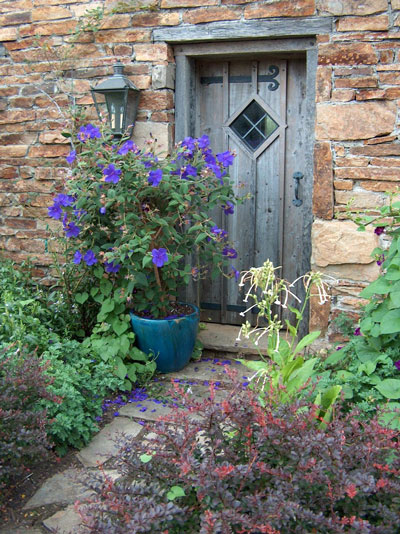
Generally speaking, doors are barriers. They provide privacy, they help insure safety, and they define perimeters. Doors keep things in and doors shut things out.


But put a door in the hands of a gardener and watch what happens. Whether installed in a garden wall or on a tool shed, doors take on personality, rising from the status of barrier to star of the show.
Look around.
Doors of all sizes, shapes, colors, and materials decorate and help define gardens. Some doors unify landscapes by mimicking the style of the house and/or the fence they are part of. Other doors are one-of-a-kind works of art…so exceptional that they catch the eye and inspire the imagination: carved wood, custom-designed wrought iron, handcrafted copper, tile mosaic – for many folks the richer the texture and design, the better.
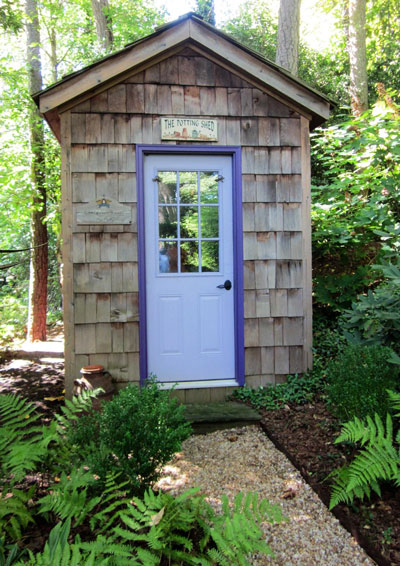
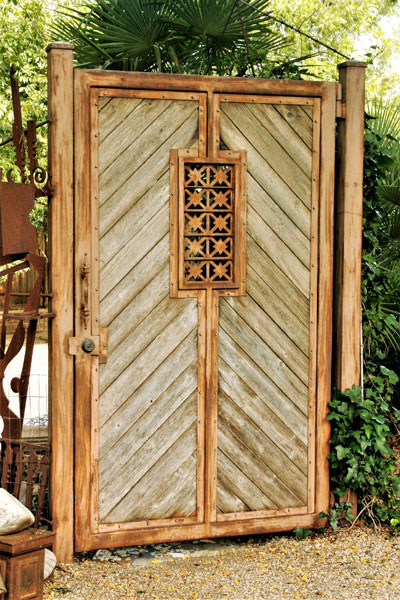
But gardeners also use doors in creative, non-conventional ways. Look closely and you’ll discover freestanding doors positioned as backdrops in beds and borders. Doors serve as pegboards for collections. Still other freestanding doors welcome painted scenes of flowers and foliage. Need a trellis? Repurpose a door by removing the glass panes, and then training flowering vines to weave through the portals.

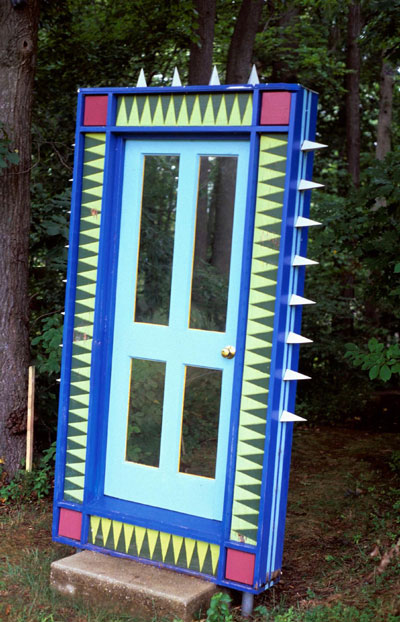
Despite their role as a barrier – or maybe because of it – closed doors fire the imagination: verdant vistas, secret gardens, a trail to a tranquil oasis…who knows what lies beyond! This magical sense of mystery is not lost on gardeners. If they open at all, ornamental doors-to-nowhere might reveal the back of a shed or a neighbor’s fence no more than a few feet away. Often fixed in place in an adjoining wall of wood, masonry or greenery, “art doors” are the ultimate fodder for fancy.
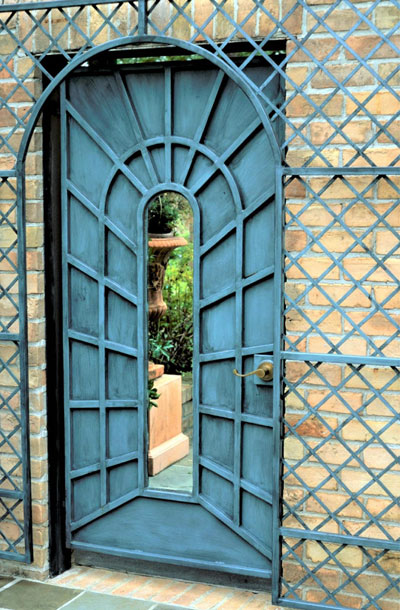

In gardens, doors take on various roles: they welcome, decorate, and safeguard. Like signposts, they denote transitions, helping temper our travel from here to there. What’s more, to paraphrase a quote from John Barrymore, you never know when happiness might sneak in through a door you didn’t know you left open.
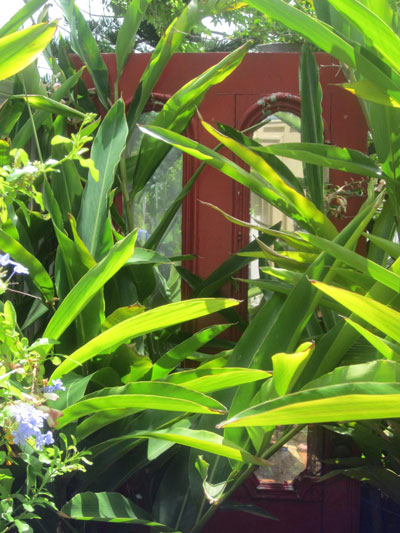
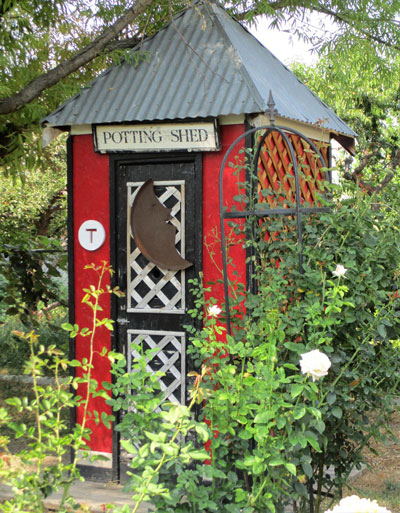
Sidebar: Door basics
— Select strong, galvanized hardware. It’s better to use hinges that are too heavy than too flimsy. Attach hinges, latches and other hardware with galvanized screws.
— Add additional width if you plan on moving wheelbarrows, lawnmowers, barbecue apparatus, pet paraphernalia, or other equipment through a doorway.
— To make custom doors look old, use salvaged hinges, knobs, face plates, and other hardware. Instantly achieve the patina of old wood by obtaining salvaged lumber.

